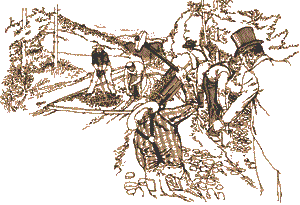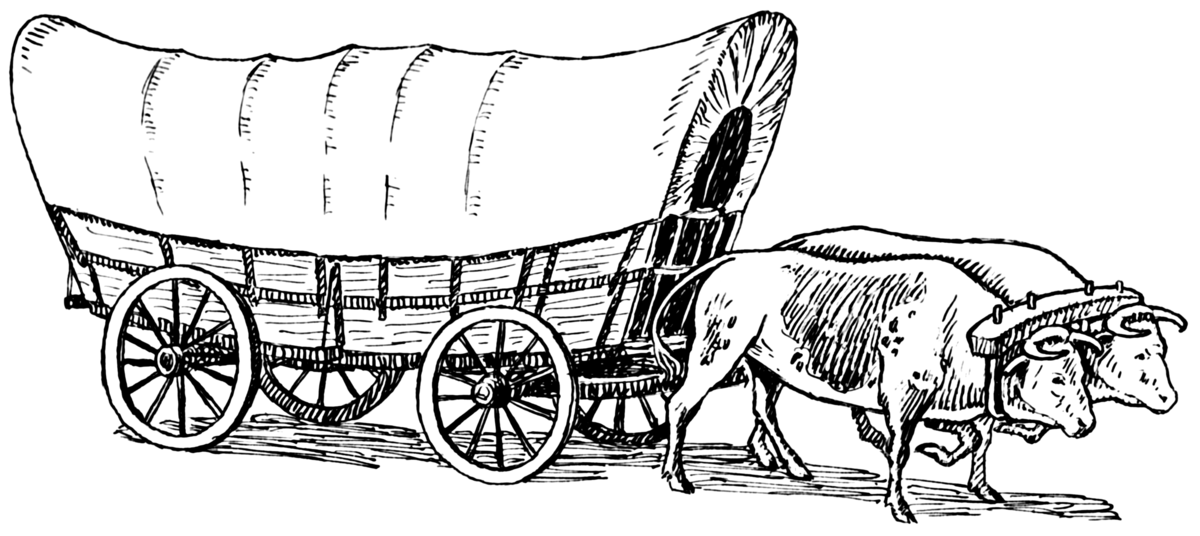5fish
Well-Known Member
- Joined
- Jul 28, 2019
- Messages
- 10,708
- Reaction score
- 4,558
You know the federal government built a highway to the West. If our 19th century Forefathers had a vision they could have built a road network and open up the West and South much quicker than we did... Check out the link and learn about the first interstate road...

 en.wikipedia.org
en.wikipedia.org
Snip...
The National Road (also known as the Cumberland Road)[1] was the first major improved highway in the United States built by the federal government. Built between 1811 and 1837, the 620-mile (1,000 km) road connected the Potomac and Ohio Rivers and was a main transport path to the West for thousands of settlers. When improved in the 1830s, it became the second U.S. road surfaced with the macadam process pioneered by Scotsman John Loudon McAdam.[2]
Snip... 20th century road...
In 1912, the National Road was chosen to become part of the National Old Trails Road, which would extend further east to New York City and west to Los Angeles, California. Five Madonna of the Trail monuments, donated by the Daughters of the American Revolution, were erected along the old National Road.
In 1927, the National Road was designated as the eastern part of U.S. Highway 40, which still generally follows the National Road's alignment with occasional bypasses, realignments, and newer bridges. The mostly parallel Interstate 70 now provides a faster route for through travel without the many sharp curves, steep grades, and narrow bridges of U.S. 40 and other segments of the National Road. However, between Hancock in western Maryland and Washington, Pennsylvania, I-70 takes a more northerly path to connect with and follow the Pennsylvania Turnpike (also designated as I-76) across the mountains between Breezewood and New Stanton, where I-70 turns west to rejoin the National Road's route (and U.S 40) near Washington, Pennsylvania.
The more recently constructed Interstate 68 parallels the old road from Hancock through Cumberland west to Keyser's Ridge, Maryland, where the National Road and U.S. 40 turn northwest into Pennsylvania, but I-68 continues directly west to meet Interstate 79 near Morgantown, West Virginia. The portion of I-68 in Maryland is designated as the National Freeway.

National Road - Wikipedia
 en.wikipedia.org
en.wikipedia.org
Snip...
The National Road (also known as the Cumberland Road)[1] was the first major improved highway in the United States built by the federal government. Built between 1811 and 1837, the 620-mile (1,000 km) road connected the Potomac and Ohio Rivers and was a main transport path to the West for thousands of settlers. When improved in the 1830s, it became the second U.S. road surfaced with the macadam process pioneered by Scotsman John Loudon McAdam.[2]
Snip... 20th century road...
In 1912, the National Road was chosen to become part of the National Old Trails Road, which would extend further east to New York City and west to Los Angeles, California. Five Madonna of the Trail monuments, donated by the Daughters of the American Revolution, were erected along the old National Road.
In 1927, the National Road was designated as the eastern part of U.S. Highway 40, which still generally follows the National Road's alignment with occasional bypasses, realignments, and newer bridges. The mostly parallel Interstate 70 now provides a faster route for through travel without the many sharp curves, steep grades, and narrow bridges of U.S. 40 and other segments of the National Road. However, between Hancock in western Maryland and Washington, Pennsylvania, I-70 takes a more northerly path to connect with and follow the Pennsylvania Turnpike (also designated as I-76) across the mountains between Breezewood and New Stanton, where I-70 turns west to rejoin the National Road's route (and U.S 40) near Washington, Pennsylvania.
The more recently constructed Interstate 68 parallels the old road from Hancock through Cumberland west to Keyser's Ridge, Maryland, where the National Road and U.S. 40 turn northwest into Pennsylvania, but I-68 continues directly west to meet Interstate 79 near Morgantown, West Virginia. The portion of I-68 in Maryland is designated as the National Freeway.





